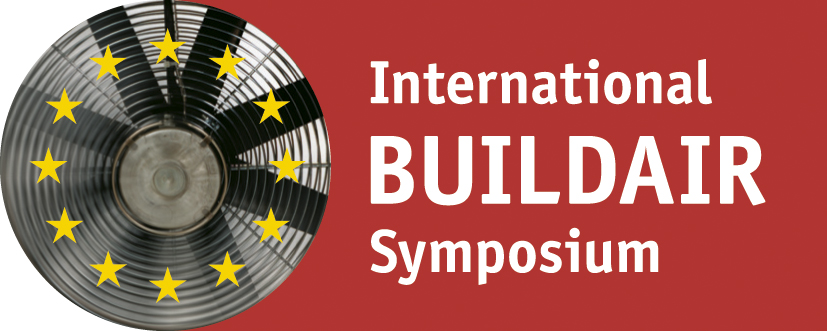The combination of air tightness measurements and thermography introduces new application areas for both practices: the building thermography will be extended by a systematic leakage locating in the building envelope and during air tightness measurements, effects of air infiltrations through leaks can be shown. Scopes of application are et. al. "energy consulting for old buildings" with assistance of an infrared camera and the BlowerDoor as well as leakage locating with thermography during the air tightness measurement of large buildings (halls, administrative buildings etc.) with leakages that are located at a high altitude (e.g. Roof edge connection of a hall). To locate leakages by using thermography, defined requirements are necessary. There must be a temperature difference between the air inflow and the surface of the building elements so that it amounts to a temperature change at the leakage frames. The intensity of these temperature changes depends on the temperatures in- and outside of the building, the level of the artificially produced differential pressure and the duration of the air leakage perfusion. To distinguish leakages from thermal bridges (geometric, constructive) and other defects in the building envelope (e.g. Missing insulation), various methods can be used. Infrared pictures at the actual state of the building allow the comparison with other recordings that are made during the depressurization tests. In most cases, one recording is enough for building elements like windows or doors as the leaking and the tight joints are easily-defined. It is most practice-oriented to use the infrared camera to locate anomalies / irregularities and to analyze these critical areas afterwards with a thermal anemometer. To all the infrared pictures belongs a "real" photo with the same perspective of the affected parts. If it is necessary to make a detailed examination of particular elements, weak spots can be highlighted with the aid of pictures of temperature differences or they can be examined with the method by Kaubitzsch (2008).
Methods and limits of thermography during air tightness measurements in practice

Year:
2009
Bibliographic info:
4th International Symposium on Building and Ductwork Air Tightness - BUILDAIR (former European Blower Door Symposium), 1-2 October 2009, Berlin, Germany




